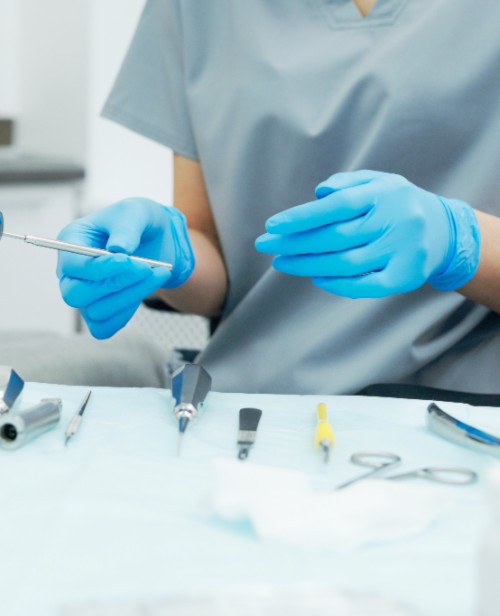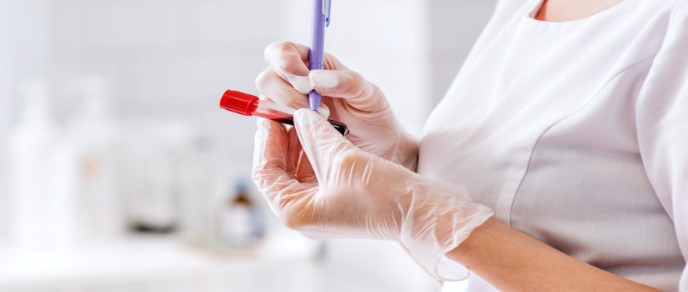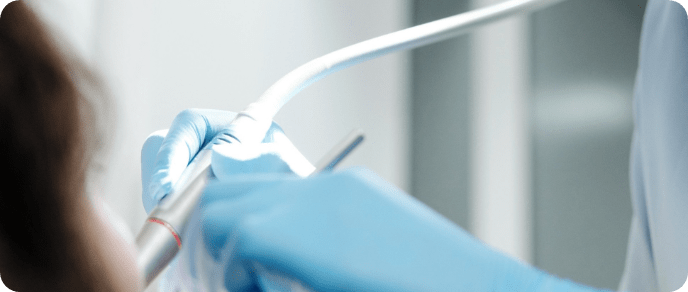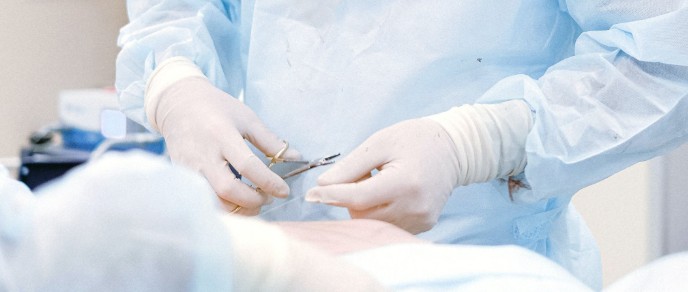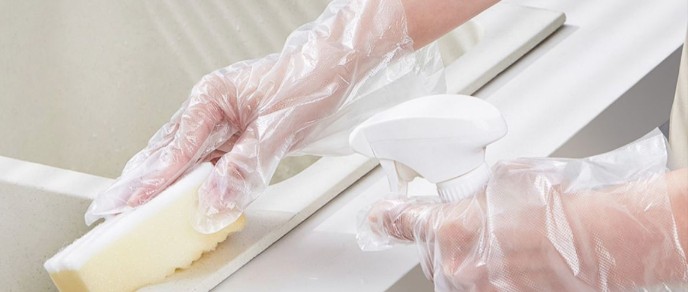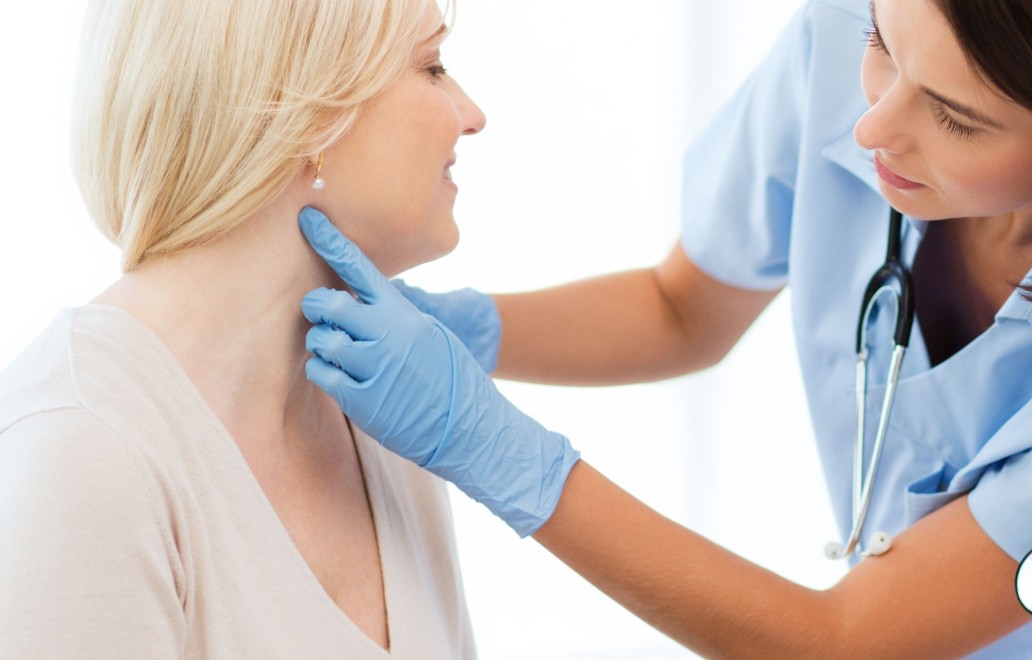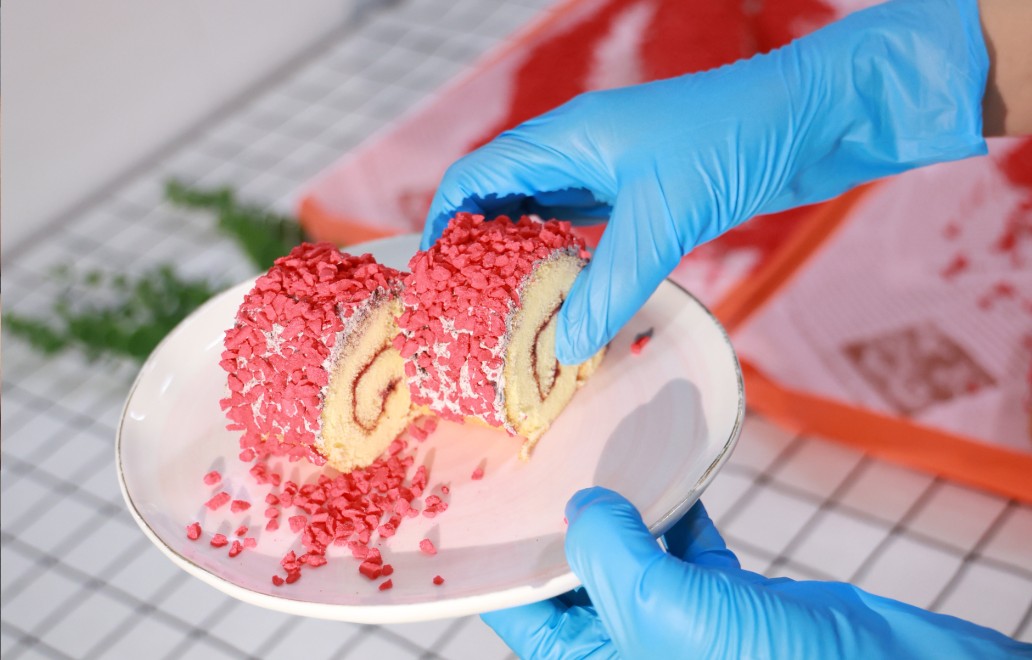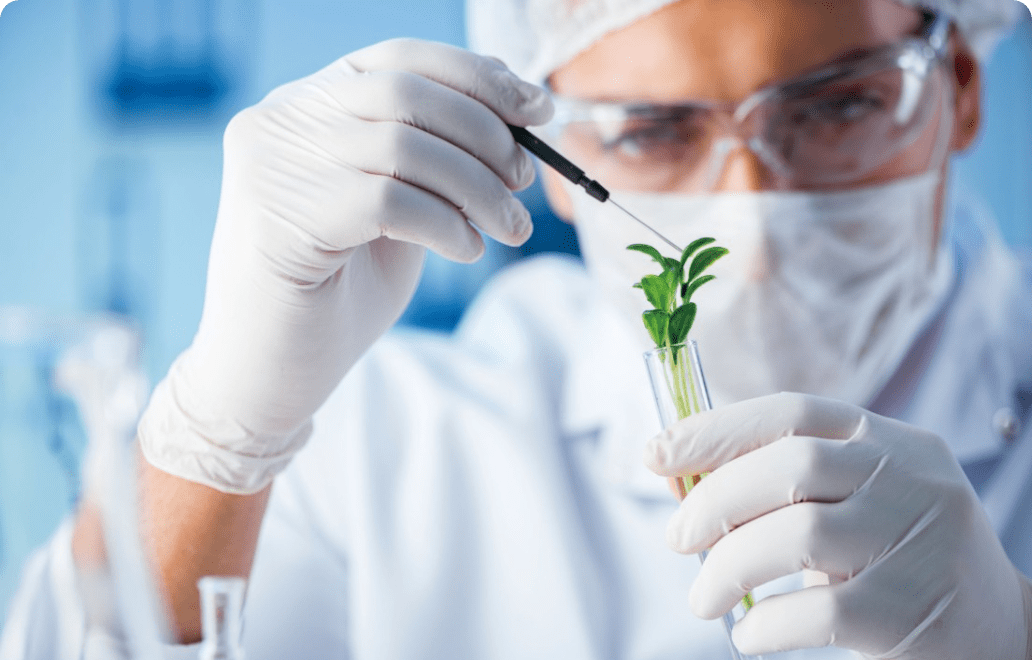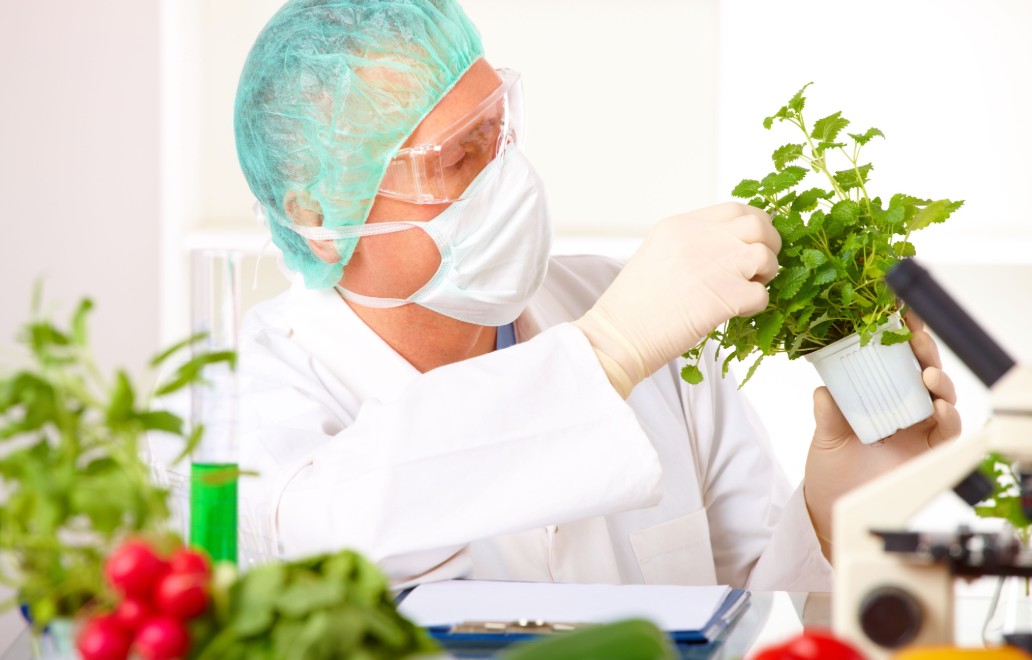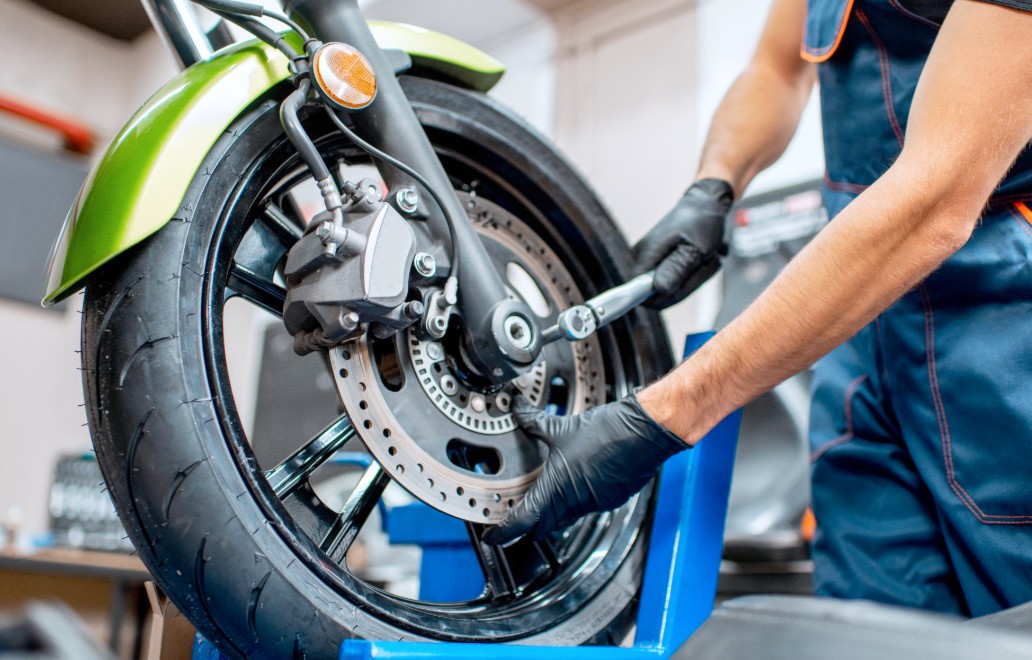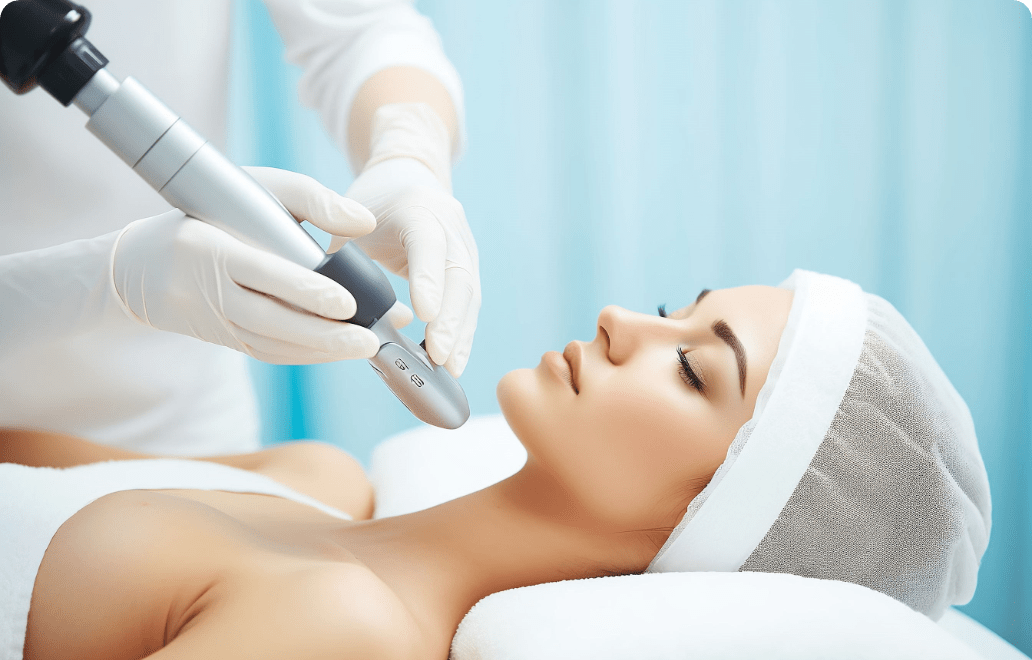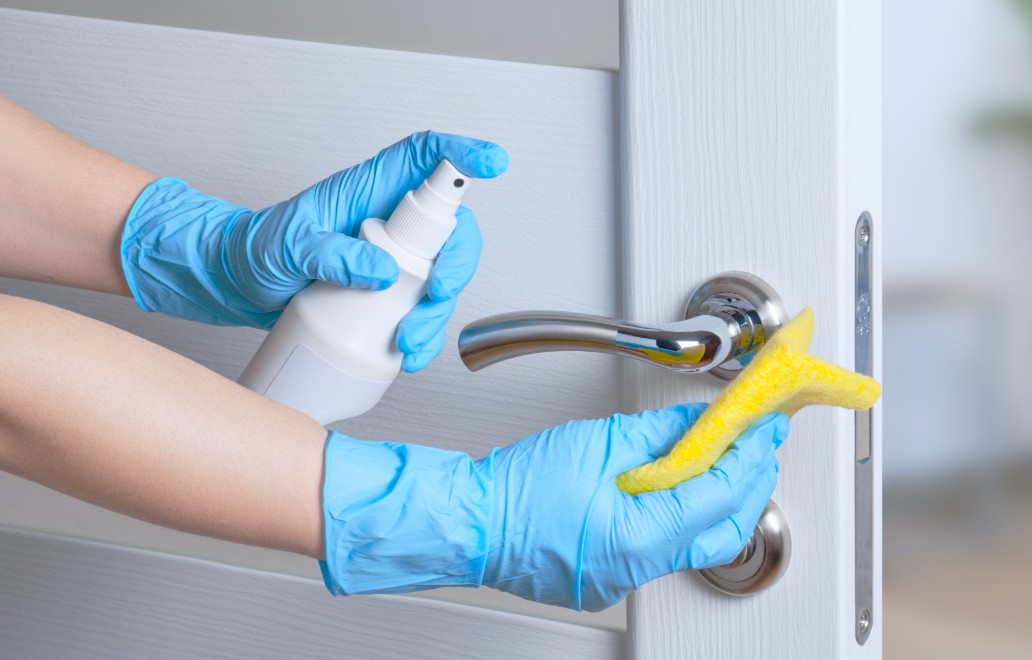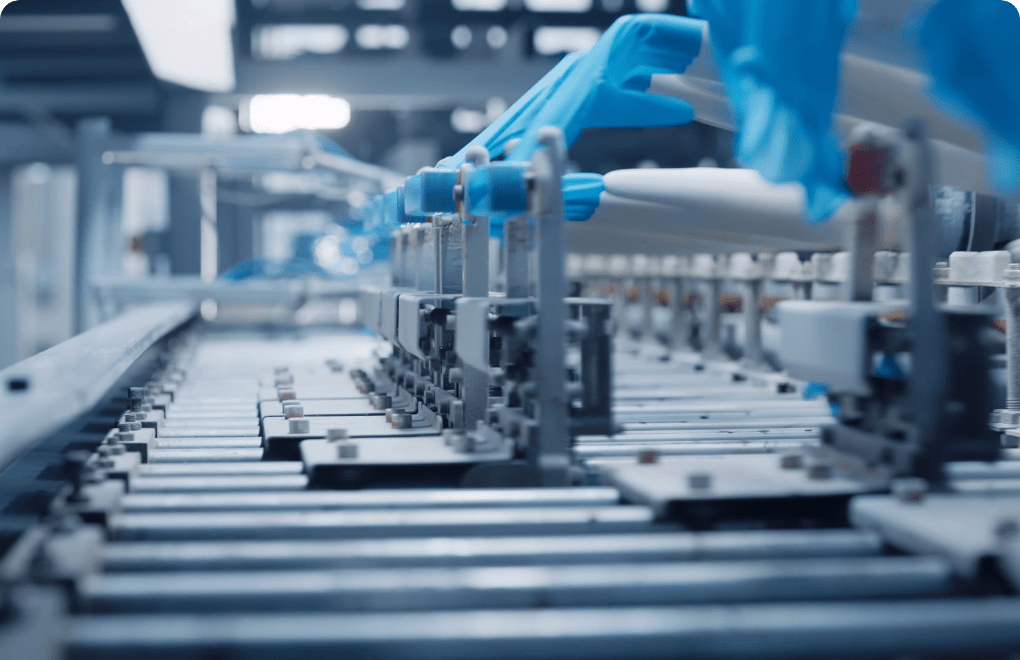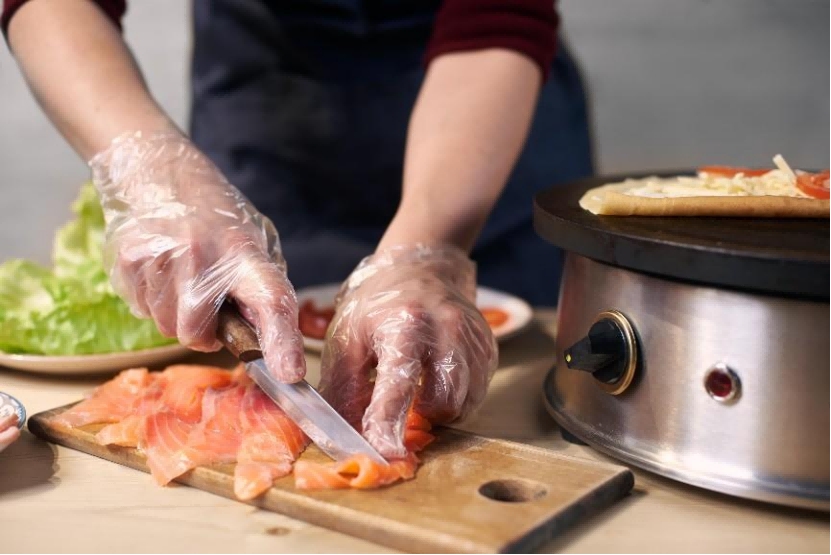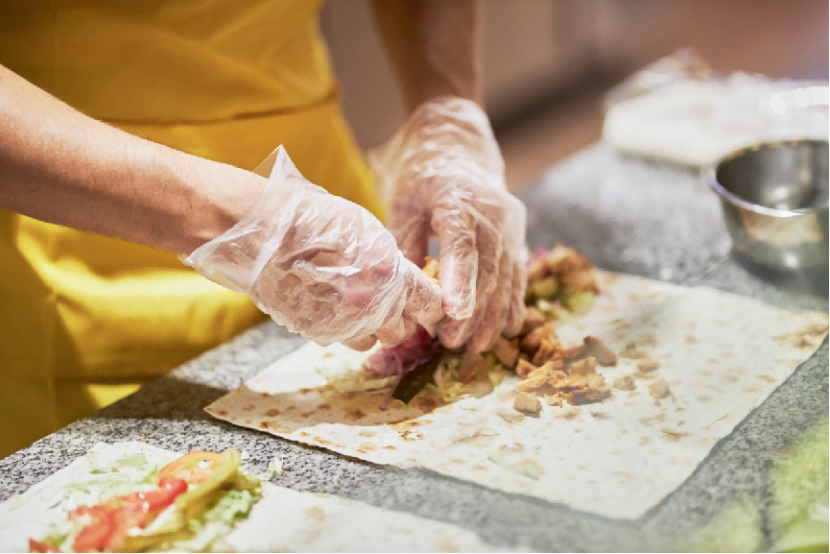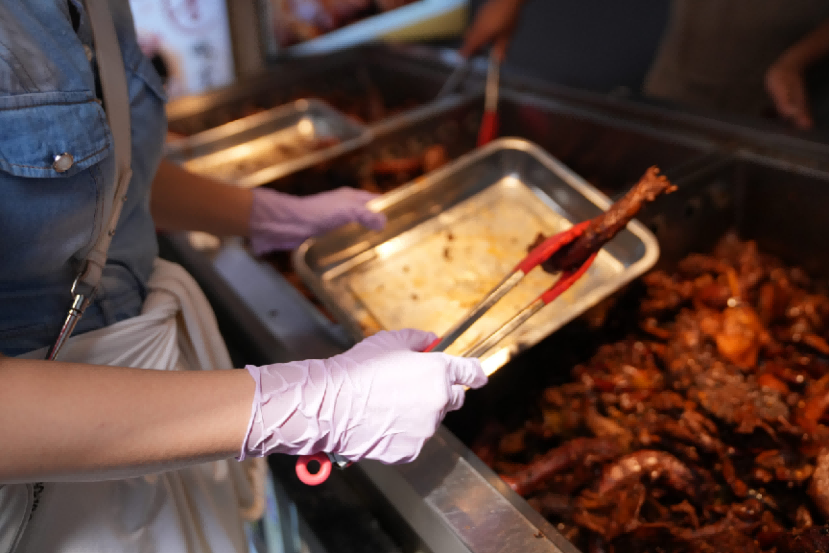Glove products
Food Safety First: The Proper Use and Replacement of Food Prep Gloves
Food safety is a serious game, full of rules and best practices intended to protect consumers from foodborne illness. The disposable glove is probably the most touted and most popular tools in this battle, but knowing when to wear and replace the gloves is the key point to getting the most from them. This is a comprehensive guide of when to use and replace disposable food preparation gloves for food handlers to ensure the highest level of safety and hygiene in food businesses.
What is Disposable Food Prep Gloves?
Disposable Food Prep Gloves are single-use gloves designed to maintain hygiene and prevent cross-contamination during food handling and preparation. These gloves create a protective barrier between hands and food, ensuring safety in commercial kitchens, restaurants, and food processing facilities. Common types of hygienic food handling gloves include nitrile gloves, which offer excellent durability and resistance to oils and chemicals; latex gloves, known for their flexibility and comfort; vinyl gloves, a cost-effective option for light food handling tasks; and polyethylene (PE) gloves, which are lightweight and ideal for quick, low-risk applications.
Why Are Gloves Essential for Food Service?
Food safety gloves designed for food service ensure a clean condition while handling food. By creating a barrier, best food service gloves reduce the level of direct contact food handlers make with ready-to-eat food by way of skin. This is critical given the reality that human hands have proven to be initial carriers of bacteria.
In the case of incorrect usage, food safety gloves can create a false sense of security when abused, but nonetheless compromise the safety of the foods. Strict adherence to glove usage and replacement regulations ensures optimal hygiene and prevents contamination due to improper food handling.
Handling Ready-to-Eat (RTE) Foods
Gloves are critical in preparing RTE foods (e.g., cooked produce, sandwiches, salads, baked goods) as they are consumed without reheating, requiring strict avoidance of bare-hand contact. Their primary purpose is to prevent pathogen transfer (e.g., bacteria, viruses) from handlers’ hands to food, thereby reducing contamination risks and foodborne illnesses.
Compliance with Regulations
Even though not all times legally mandated, the FDA discourages bare hand contact where foods are touched, and ready-to-eat foods are legally prohibited from being prepared by bare hand contact in some states. Food prep gloves usage in the food industry is one of the best ways of meeting these demands and suggestions and providing assurance that food safety standards are met.
Instances Warranting Glove Use
Although no constant legal requirement exists for the use of food prep gloves by food handlers, in some instances the use of gloves is strongly advisable or even obligatory. It is necessary to identify these instances in order to provide a sanitary and safe food production process.
Cuts, Burns, or Open Wounds
If the food handler has cuts, open sores, or burns on his or her hands, food-grade disposable gloves must be worn. Wounds have bacteria and other pathogenic microorganisms inside them that will infect food, so food prep gloves are a definite precaution.
Nail Polish
Although it is not normally recommended to have nail polish in a food preparation kitchen, if a food handler must wear polish on his or her nails, food prep gloves are necessary so the polish is not contacting food.
When to Change Disposable Gloves
It is as important to change food handling disposable gloves as it is to put them on. Food prep gloves may be contaminated, and if not changed often enough, may become points of cross-contamination.
Changing Tasks
One of the most essential moments to change food prep gloves is between operations. For example, after handling raw chicken, change food prep gloves before returning to chop vegetables to prevent cross-contamination of illnesses. food prep gloves must also be changed after removing garbage or upon return from break.
Every 4 hours of continuous use
Even if the gloves appear to be in good condition, they must be replaced at least after four consecutive hours of use. The reason is that viruses and bacteria might multiply into dangerous amounts after some time even though they might not appear to be contaminated. According to the FDA, food workers must change gloves at least every 4 hours during continuous use.
When Gloves are Torn or Dirty
If gloves are dirty or torn, replace them at once. Tears may breach the barrier hand and food, and dirt can contaminate. If holes or tears are discovered, dispose of gloves, wash hands, and use a new pair.
After Touching Hair or Face
The gloves must not touch the hair, face, or other body parts while they are on. If this occurs, gloves should be replaced immediately to prevent cross-contact.
Handling Allergens
While handling a special order for an individual with a food allergy, glove change is highly important in preventing cross-contact. This prevents allergen transfer between foods.
Proper Glove Use Procedures
For the best performance of the gloves, use proper donning and doffing procedures.
Hand Washing
Soap and water to clean your hands through, completely, before gloving and after glove removal. Handwashing is mandatory for 20 seconds, and it should include washing the whole hand and arm surface.
Donning Gloves
To wear, in food service disposable gloves touch just the cuff or glove opening and not other places to prevent contaminating them. Fit snug enough so that using it is a breeze. Pre-work, inspect for punctures and cuts.
Doffing Gloves
To remove gloves, pinch one glove on the cuff and pull down away from the wrist. Rotate glove inside out. Hold off glove in gloved hand. Put two fingers under the wrist of the gloved hand but not on the outside of the glove. Pulling away from self, remove second glove, rotating inside out with the first glove inside. Dispose of gloves and wash hands clean.
Types of Food Service Disposable Gloves
There are certain types of food service disposable gloves, and each of them has some merits and demerits.
Nitrile Gloves
Nitrile gloves are among the most popular ones because they possess an exceptionally high degree of versatility and durability. Moreover, they are also latex-free, and thus for individuals who are allergic to latex, they are the ideal option. It’s a best for handling raw meat and oily foods due to their chemical resistance.
Latex Gloves
Latex gloves are strong and provide a good germ protection. They are, nonetheless, said to trigger an allergy in certain individuals, and as such, may not be the best option for every food handler.
Vinyl Gloves
Vinyl gloves are latex-free but maybe less resilient than nitrile or latex gloves. There are also some concerns about chemicals in vinyl gloves leaching into foods. The vinyl glovesSuitable for light food prep tasks, such as assembling sandwiches.
Polyethylene Gloves
Thin polyethylene gloves are the most suitable for light-duty usage such as putting sandwiches together or with ready-to-eat foods. The gloves are not as long-lasting as the other gloves. Besides that, it’s ideal for quick-service tasks like serving bakery items.
INTCO Medical’s solution:
INTCO Medical is the largest latex-free disposable gloves manufacturer.Check out INTCO Medical disposable gloves for food processing usage, which are the superior option in terms of protection as well as comfort for food handlers.
For food processing, primary role of disposable gloves is to prevent contamination and ensure food safety. INTCO Medical manufactures protective gloves that meet food safety standards, reducing the risk of contamination, foodborne illness, and product recalls. Using different colored gloves for specific tasks helps avoid cross-contamination, while selecting gloves with contrasting colors to the product ensures quality control. INTCO offers a variety of glove colors and materials, tailored to meet diverse food processing needs, ensuring both safety and efficiency.
The Need for Training and Reminder
All food handlers must be given adequate training for glove usage. Employees must be trained when to put on, how and when to change gloves. They will be compelled to follow these habits regularly by continuous reminding and monitoring.
Conclusion
Putting on and changing bulk food service gloves is an important practice of food safety. Learning about putting on gloves, proper wear, and changing gloves during the day is simply a matter of easy steps by which food workers can easily limit cross-contamination and food illness spread. Stressing training, keeping the proper types of gloves in stock, and displaying reminders at entrances, points of sale, and beside hand washing areas can build food safety culture into any food serving facility.


